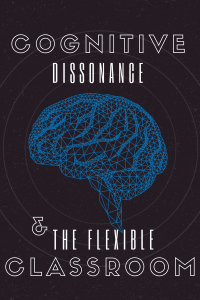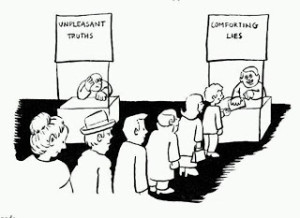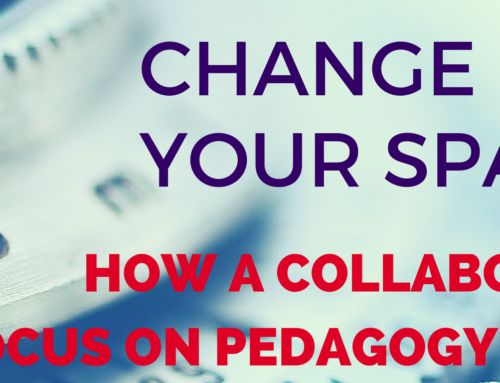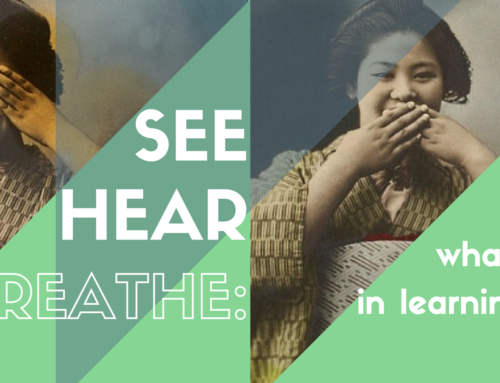Teaching in an extremely flexible classroom allows teachers to  purposefully redesign their environment to tailor to a specific lesson. Whether that’s setting the stage for collaboration, conversation or viewing the furnishings within the space are organised to enhance the learning experience. The plasticity of modern learning spaces remove the barriers and create a warmer, seamless, learning opportunities. Yet, occasionally the adaptability of spaces can be used in the exact opposite way.
purposefully redesign their environment to tailor to a specific lesson. Whether that’s setting the stage for collaboration, conversation or viewing the furnishings within the space are organised to enhance the learning experience. The plasticity of modern learning spaces remove the barriers and create a warmer, seamless, learning opportunities. Yet, occasionally the adaptability of spaces can be used in the exact opposite way.
Once every few weeks students will leave at some mid point in the day and return a short time later to have the room completely altered. Upon re-entry to the room some students might cry out- “Why do we have to change it?”, while others tend to stare blankly unsure where to sit. Students, you see, are no different from teachers, they are creatures of habit. And it is through environmental changes I look to break bad habits.
 The idea of cognitive dissonance theory was first proposed by Leon Festinger (1957) and suggests that people encounter a level of physiological discomfort when put in situations which challenge their ideas or beliefs. As Stephanie Browner said in her 2013 Forbes article, “Cognitive dissonance is fundamental to learning, and, in every course, students should bump into something unexpected or unsettling.” From a curriculum standpoint students would consistently encounter confronting ideas and concepts and would need to digest these new ideas in relation to their previous beliefs and understandings.
The idea of cognitive dissonance theory was first proposed by Leon Festinger (1957) and suggests that people encounter a level of physiological discomfort when put in situations which challenge their ideas or beliefs. As Stephanie Browner said in her 2013 Forbes article, “Cognitive dissonance is fundamental to learning, and, in every course, students should bump into something unexpected or unsettling.” From a curriculum standpoint students would consistently encounter confronting ideas and concepts and would need to digest these new ideas in relation to their previous beliefs and understandings.
The same idea thus is transferred to our understanding of space.  The concept of cognitive dissonance forces students to analyse their previous behaviours and habits in relation to their environment. Whether it was who they were socialising with, their access to natural light or a change in body positioning, the jarring metamorphosis of space allows student the appropriate time to re-evaluate their use of space for learning. Students must balance their previous behaviour with a reflection of how they learn best.
The concept of cognitive dissonance forces students to analyse their previous behaviours and habits in relation to their environment. Whether it was who they were socialising with, their access to natural light or a change in body positioning, the jarring metamorphosis of space allows student the appropriate time to re-evaluate their use of space for learning. Students must balance their previous behaviour with a reflection of how they learn best.
As a teacher, its amazing how flexible spaces can be used for so much more than initially anticipated. In this instance it can be used as a classroom management tool that students respond to by being ‘uncomfortably’ reflective. At other times it used to provoke inquiry or create a warm, home-like environment.
This post was inspired by a Twitter conversation embedded below. Feel free to add to the conversation in the comments section.
@dylan_meikle I like that. It really can be. Makes me think of, “Life begins at the end of your comfort zone” #asiaED
— Rob McTaggart (@robmctaggart) April 16, 2015
@dylan_meikle Other side of same coin: Also need to create place safe for exploring, discovering, making mistakes. #asiaED — Dr Ashley Tan (@ashley) April 16, 2015






